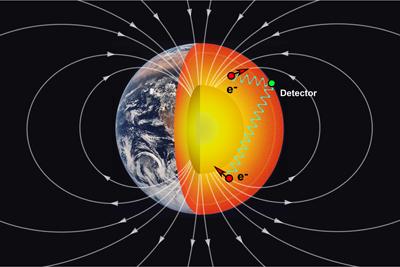Biologist, students use hummingbirds, flowers to unwrap evolution’s mysteries
By Peter Rooney
In a jungle-like enclosure the size of a basketball court on one of the Caribbean’s most ecologically diverse islands, Ethan Temeles, Amherst College's Thomas B. Walton Jr. Memorial Professor of Biology, has devised an audacious experiment he hopes will help answer one of evolution’s most vexing questions once and for all.



